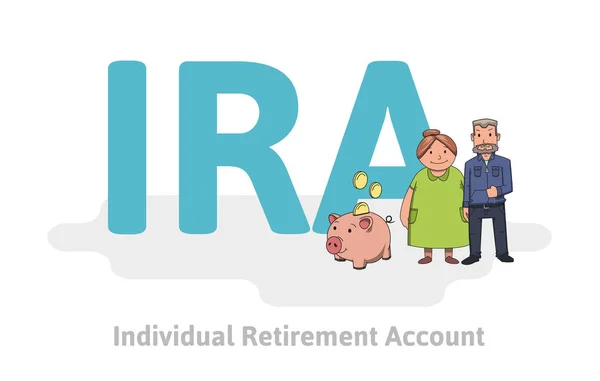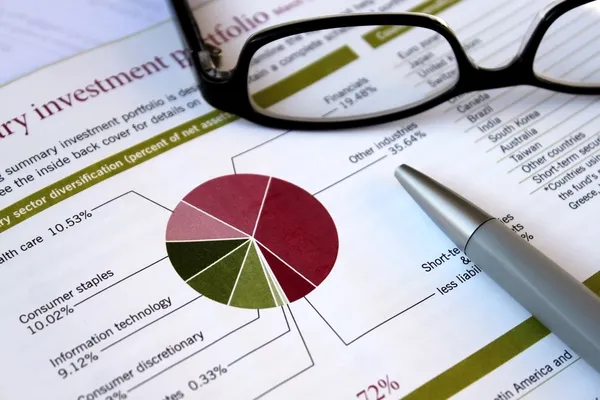Highlights
- The Big Mac Index illustrates Purchasing Power Parity (PPP) by comparing Big Mac prices globally.
- It helps identify if a currency is overvalued or undervalued by comparing Big Mac prices.
- Forex traders use the Big Mac Index to spot currency mispricing for long-term strategies.
- Currency arbitrage using the index exploits differences in currency values across countries.
- The Big Mac Index is helpful for currency predictions but should be combined with other indicators.
The Big Mac Index is an interesting and widely recognized tool used to measure the value of currencies across different countries based on the cost of a McDonald’s Big Mac.
While it may sound playful, this index is a practical way to understand global currency misalignment and economic conditions. Economists and traders use the Big Mac Index to get a quick snapshot of whether a country’s currency is overvalued or undervalued.
In this blog, we’ll explore what the Big Mac Index is, how it’s calculated, and how it can be applied in forex trading strategies.
What Is the Big Mac Index and Why Is It Useful?
The Big Mac Index was introduced by The Economist in 1986 to highlight the concept of Purchasing Power Parity (PPP) in a simple and relatable way. According to PPP theory, in the long run, exchange rates should move towards equalizing the price of a common basket of goods across countries. The index uses the Big Mac’s price as a global standard to assess currency values.
It’s useful for anyone who understands whether a currency is fairly valued, especially when exploring currency arbitrage using Big Mac Index. If a Big Mac is cheaper in one country than another, it suggests that the first country’s currency is undervalued, and vice versa.
How to Calculate the Big Mac Index?
Calculating the Big Mac Index is simple. Here’s how you do it:
- Find the local price of a Big Mac in a country.
- Find the price of a Big Mac in the United States (as the benchmark).
- Use the current exchange rate to convert the local price into U.S. dollars.
- Compare the two prices.
For example, if a Big Mac costs $5 in the U.S. and 50 pesos in Mexico, and the exchange rate is 10 pesos to 1 U.S. dollar, then the Big Mac in Mexico would also cost $5 after conversion.
If the price was lower, it would suggest that the Mexican peso is undervalued. This comparison helps us understand the valuation of currencies with Big Mac Index and how misaligned currencies can be.
How Can the Big Mac Index Be Used in Forex Trading?
The Big Mac Index is often used as an indicator for forex trading with Big Mac Index. It gives traders insights into potential mispricing of currencies, which they can use to guide their trades. Currencies that appear undervalued based on the index may appreciate over time, while overvalued currencies may depreciate, offering opportunities for long-term forex positions.
However, it’s important to note that while the Big Mac Index provides a simplified way to view currency values, it works best when combined with other economic indicators for currency trading, like inflation, interest rates, and GDP growth. The Big Mac Index trading strategies aren’t suitable for short-term forex trading but can be useful for longer-term currency predictions.
What Is Currency Arbitrage Using Big Mac Index?
Currency arbitrage using Big Mac Index involves exploiting the differences in currency values between countries. For example, suppose the Big Mac is significantly cheaper in one country due to currency undervaluation. In that case, a trader might consider this a sign of an opportunity to buy that currency, expecting it to rise in value.
While arbitrage strategies are more common in complex financial markets, the Big Mac Index can still provide helpful insights for those looking to trade currencies based on perceived misalignment.
What Is McCurrency Trading?
A playful term for using the Big Mac Index in forex trading is McCurrency trading. This approach uses the Big Mac’s price as a benchmark to assess global currency values. Though it may not be a formal strategy, many traders use this index as part of a broader evaluation of global currency trends. It highlights global currency misalignment in a way that’s easy to grasp, even for beginners in the forex world.
Can the Big Mac Index Help in Currency Exchange Rate Forecasts?
Yes! Traders often use the Big Mac Index for currency exchange rate forecasts. If the index shows that a currency is undervalued, traders might expect it to appreciate in the long term.
In contrast, overvalued currencies might weaken over time. These forecasts can guide traders in developing strategies, particularly when combined with other economic data.
What Is the Profit Potential of Big Mac Index In Forex Trading?
The profit potential of Big Mac Index in Forex lies in its ability to reveal long-term trends in currency valuation. By highlighting discrepancies in purchasing power, traders can identify countries where currencies may be mispriced and profitable in the future.
However, it’s essential to remember that while the Big Mac Index offers valuable insights, it should not be the sole basis for forex trades. It’s best to combine this with broader market analysis.
At Blackstone Commodity Group, we know the importance of diversification in protecting your portfolio from market volatility. Along with investing in precious metals like a Silver IRA, real estate provides long-term stability. Whether you’re using self-directed IRAs or traditional methods, our strategies can strengthen your investments.
Summary
The Big Mac Index is a simple yet powerful tool for understanding currency valuation. Whether looking at McCurrency trading, currency arbitrage using Big Mac Index, or forecasting currency movements, this quirky index has real-world applications in forex trading. As with any strategy, combining it with other economic indicators for currency trading will give you an in-depth view of the market, helping you make more informed decisions.
Disclaimer
The content provided on this blog is for informational and educational purposes only and does not constitute financial or investment advice. While we strive to provide accurate and up-to-date information, you should not rely on this content as a substitute for professional financial advice. Any financial decisions you make are done so at your own risk, and we encourage you to consult with a licensed financial advisor before making any investment decisions.
The views and opinions expressed in this blog are solely those of the authors and do not necessarily reflect the views of any affiliated entities. The information presented here is not intended as a solicitation or recommendation to buy, sell, or hold any financial product.


